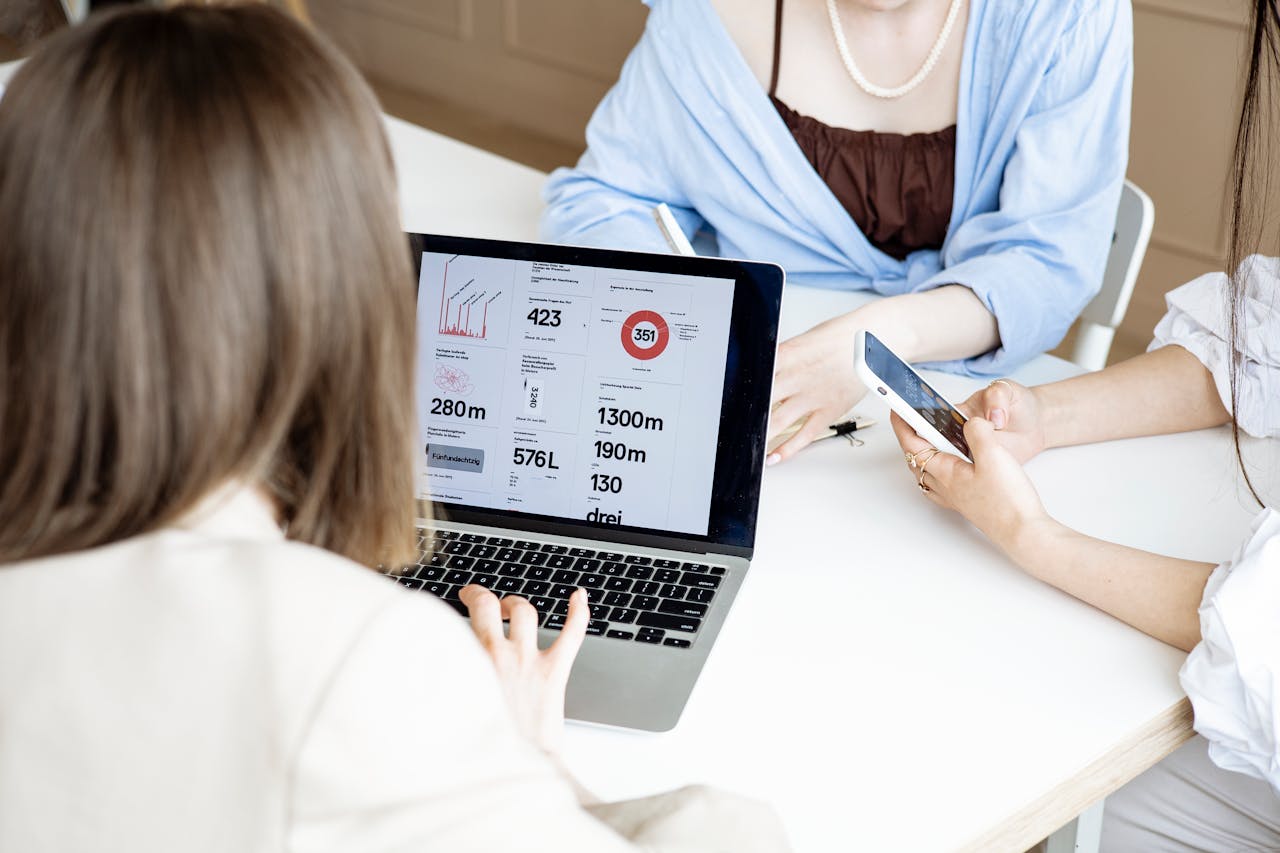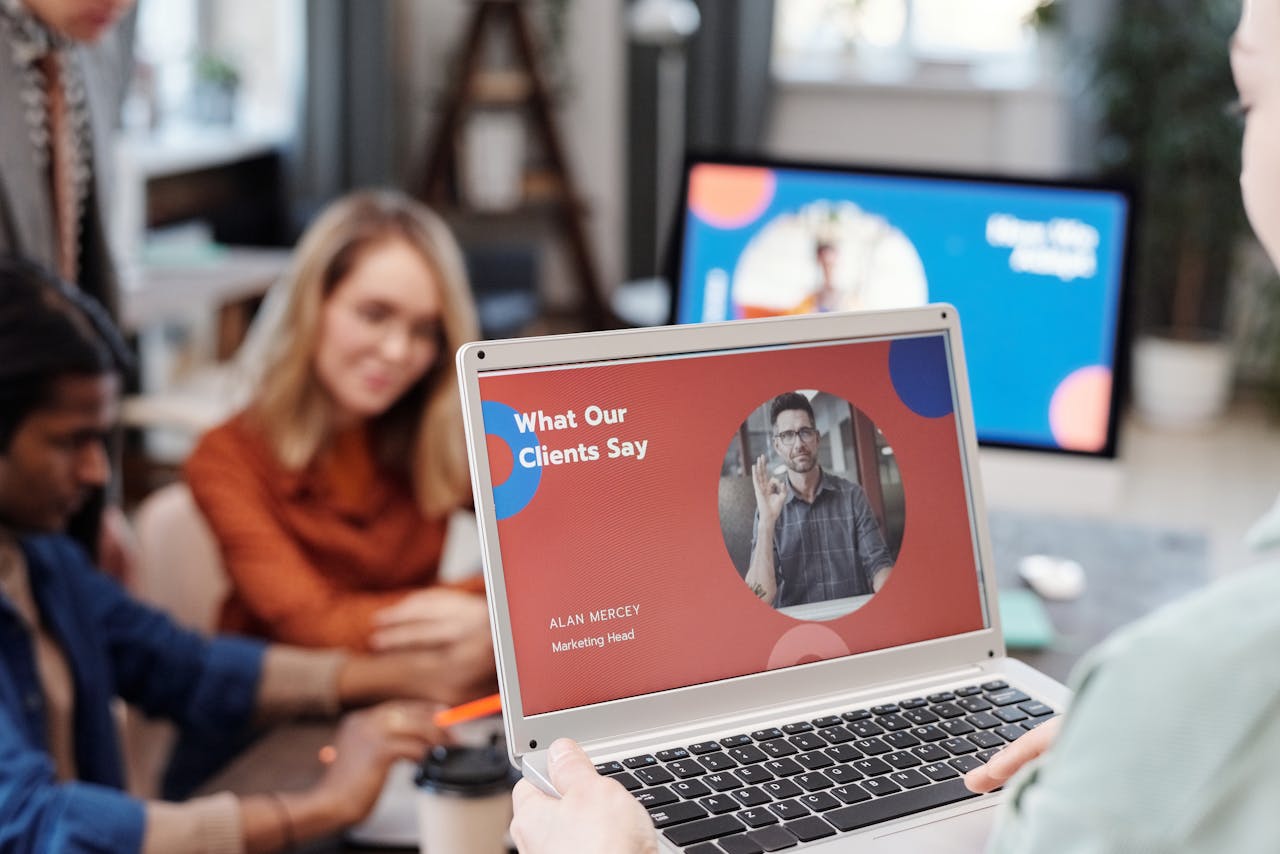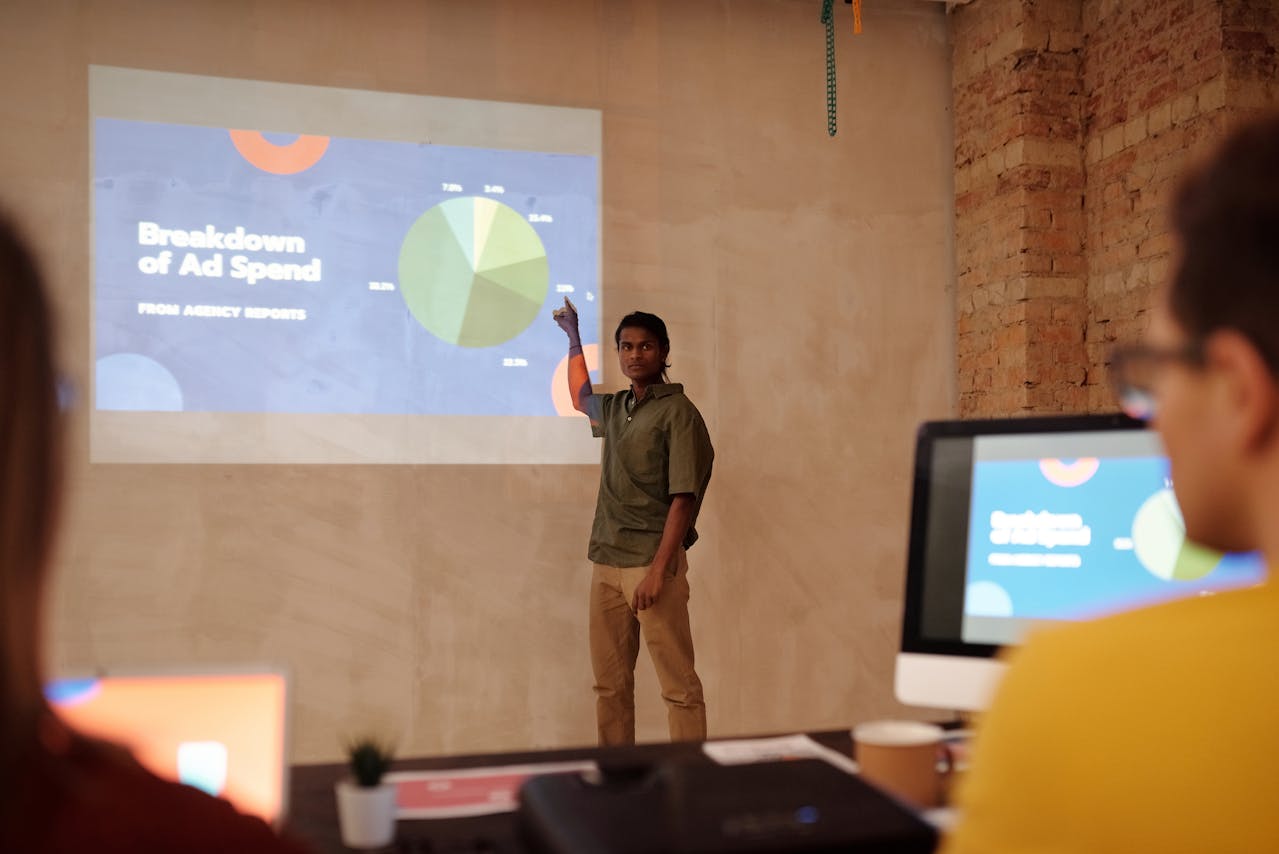An efficient website design should fulfill its intended purpose by conveying its unique message while engaging the visitor at the same time. Several factors contribute to good website design, such as clarity, colors, typography, graphics, simplicity, and functionality.
There are several main variables when creating a website that will lead to how it is viewed. A well-designed website will help create a trust to take action and direct tourists. Creating a great user experience means making sure the website design is optimized for usability (form and aesthetics) and how simple it is to use (functionality).
Any guidelines that will assist you when planning the next web project are below.
- Purpose
There should be a specific intention on each page of your website. Most possibly, it will sell your goods and services, generate leads, or build your brand.
Tell yourself what your client will be looking for on your website. Is it going to be details, shopping, entertainment?
If your website is meant to entertain, it is simple. You can share photographs, videos, podcasts, or humorous art, but you should keep in mind to update it frequently.
- Visuals
For tourists to want to explore it, the website needs to be-catching. It could mean you don’t care about developing your goods or services if it’s unattractive and old-fashioned.
You should have an effect on how your website is going to look, even if you’re not a web designer. The best way to find out what you want is to review the websites of your rivals and think about what you want and what will suit the personality of your brand.
On websites such as Awards that display the best examples of graphic design on the internet, you can also look for inspiration. It will let you get acquainted with trends in web design and shape an opinion about what you like or dislike.
You should search Pixabay, Unsplash, or Flickr if you want to find images that are free for commercial use. However, I’d suggest sticking to anything that looks more realistic. Don’t depend too much on stock images.
If you don’t want your website to be sluggish, don’t use big images, ad remember to upload them in PNG or JPG format. Only use graphics and photos that match the content and do not use something that blinks, flashes, or rotates, for heaven’s sake.
Mind whitespace, so the website looks simple and beautiful.
- Original and Relevant
None of the visitors to your website will have time to read essays on your goods or services, so note the main content writing rule: direct contact.
When visitors to your website join your website, make sure they know who you are, what you are doing, and what kind of advantages they will get if they want to become your customers.
- Easy website navigation
Navigation is about the ease with which individuals may take action and navigate through your website.
You may have the most beautiful website ever, but your website will not sell if your customers can not find the details they are searching for or get lost while meeting barriers in the purchasing process.
Think about building a logical page hierarchy of buttons and categories that can be pressed. Also, note the simple navigation “three click rule”. This rule means that, within three clicks, users should be able to find the information they are searching for.
A rule called the F-shaped pattern also exists.
Much of what people see is on the top and left of the computer, and the most relevant data should be displayed there. Rarely is the right side of the screen explored, so we should not place essential details, buttons, or CTAs there.
As individuals judge your brand based on what they can find on the Internet, your website is your company’s business card. That’s why, if you’re wondering if investing your time and money in making a fantastic website makes sense, let me tell you: it does.
Does Your Business Need a New Website That Brings in New Business?
Remember, when creating a website you have two equally important audiences: Humans and Google. Most website designers stick to designing for humans. Why? Because the client wants a beautiful site first, and the designer is interested in making that client happy. But unfortunately, that’s where most designers stop. Magnified Media designs sites for both Humans and Google. Why again you ask? The reason is simple – if you don’t make your site Google-friendly, it won’t ever get seen by Humans! Interested in seeing what we can do for your business? Schedule your free Online Presence Audit now.









